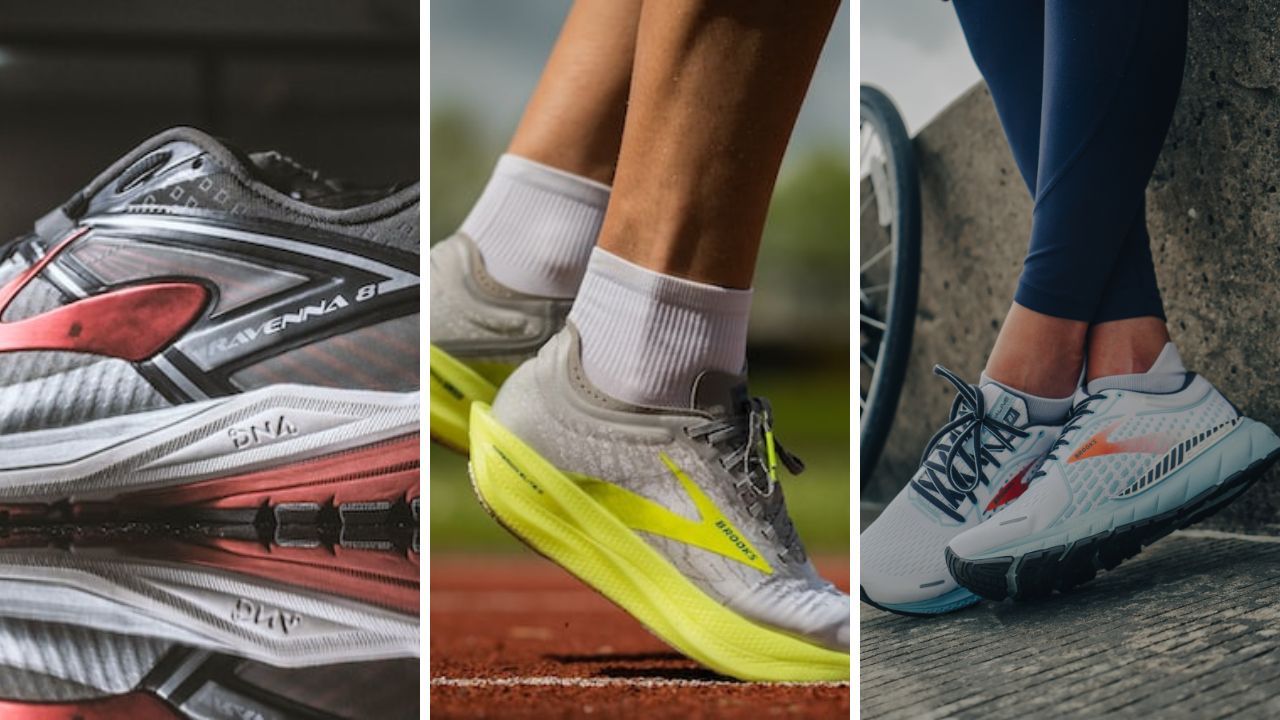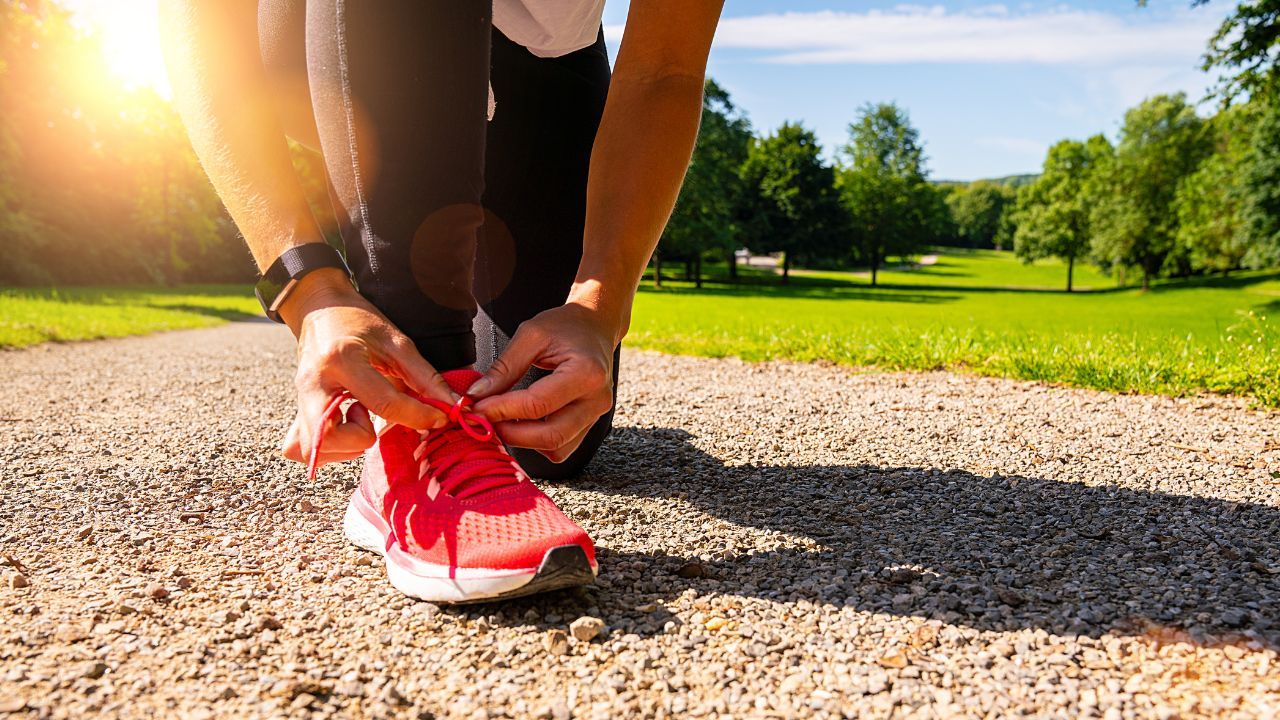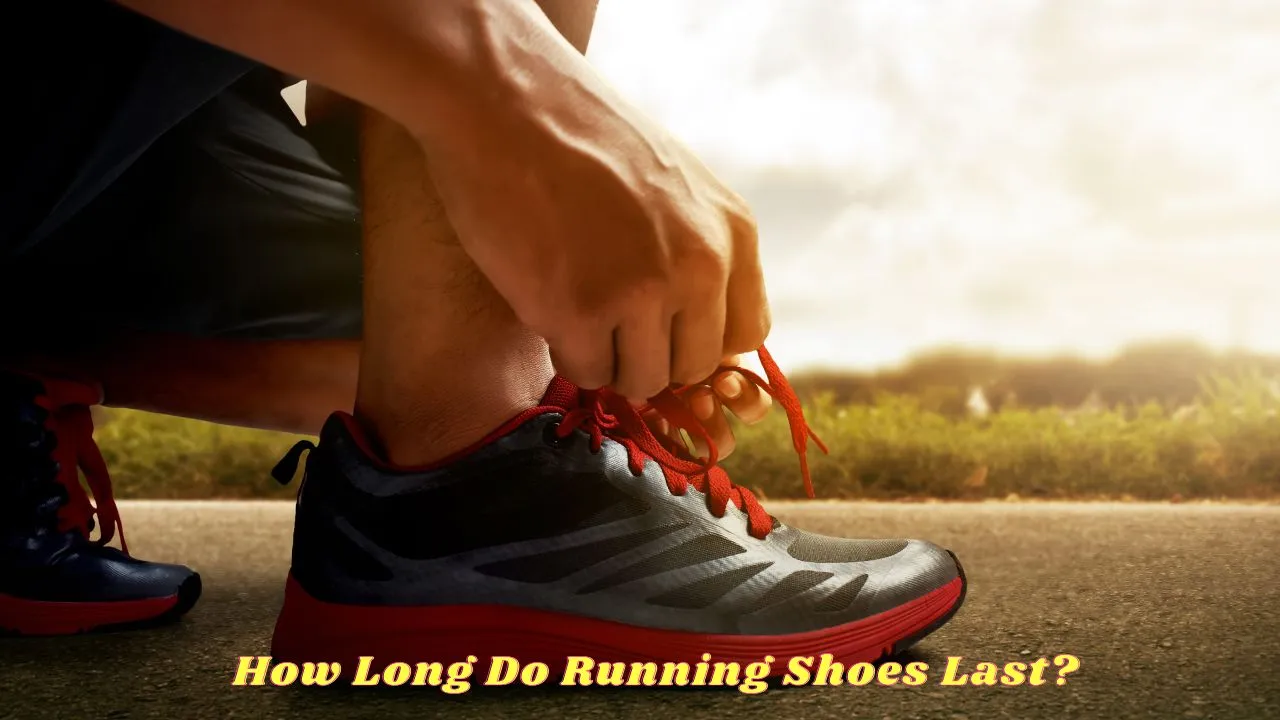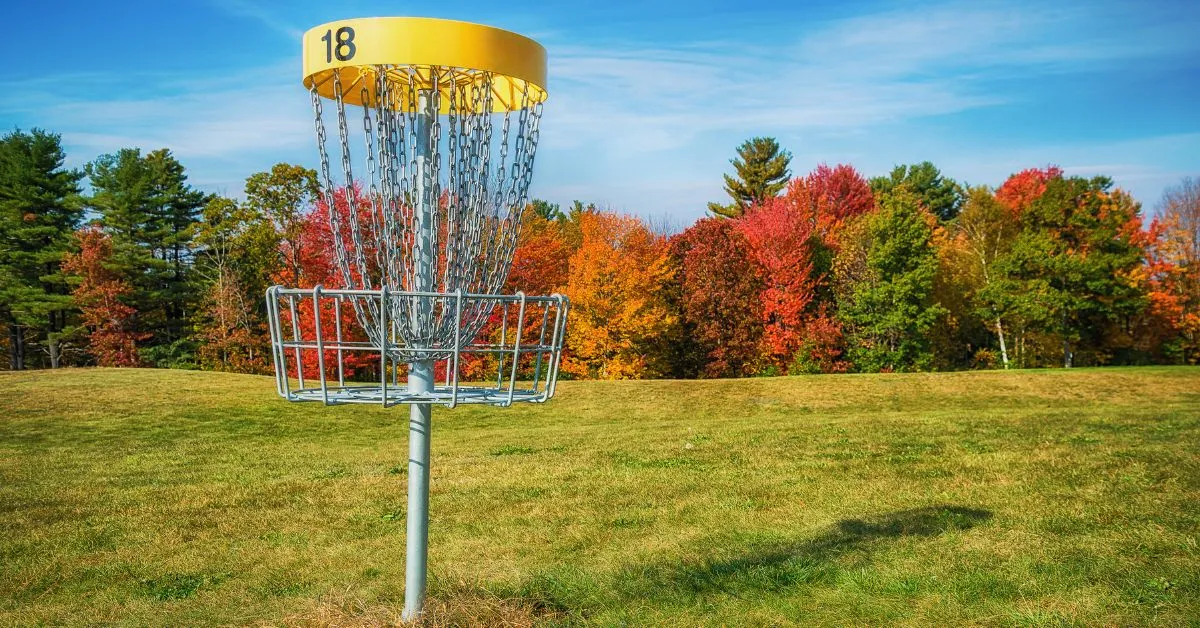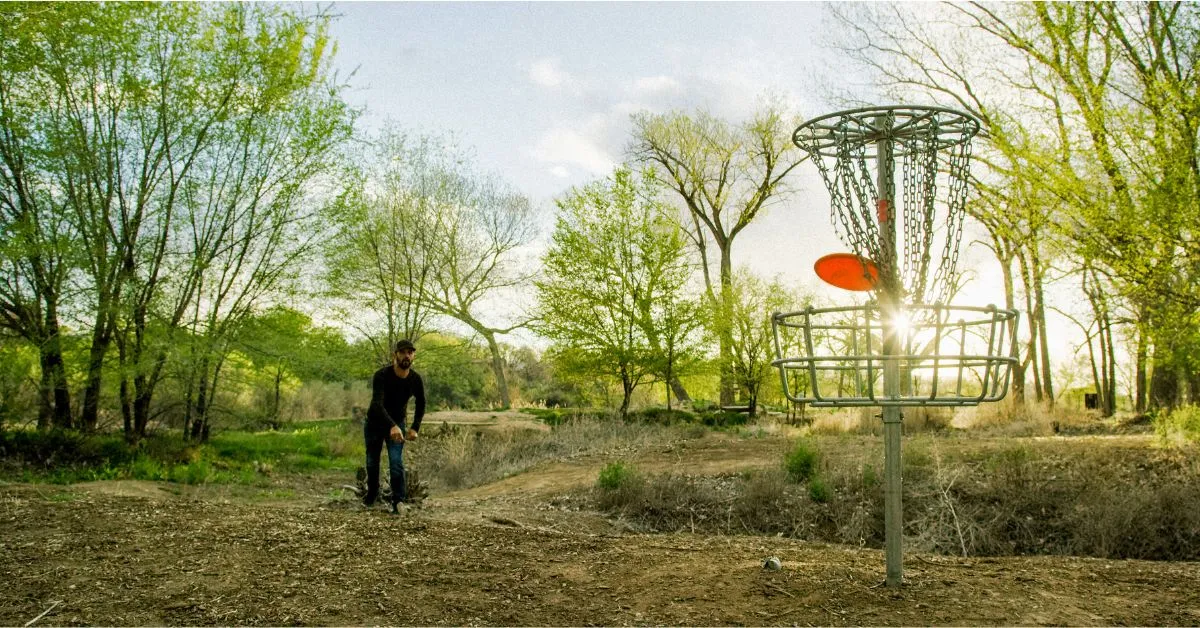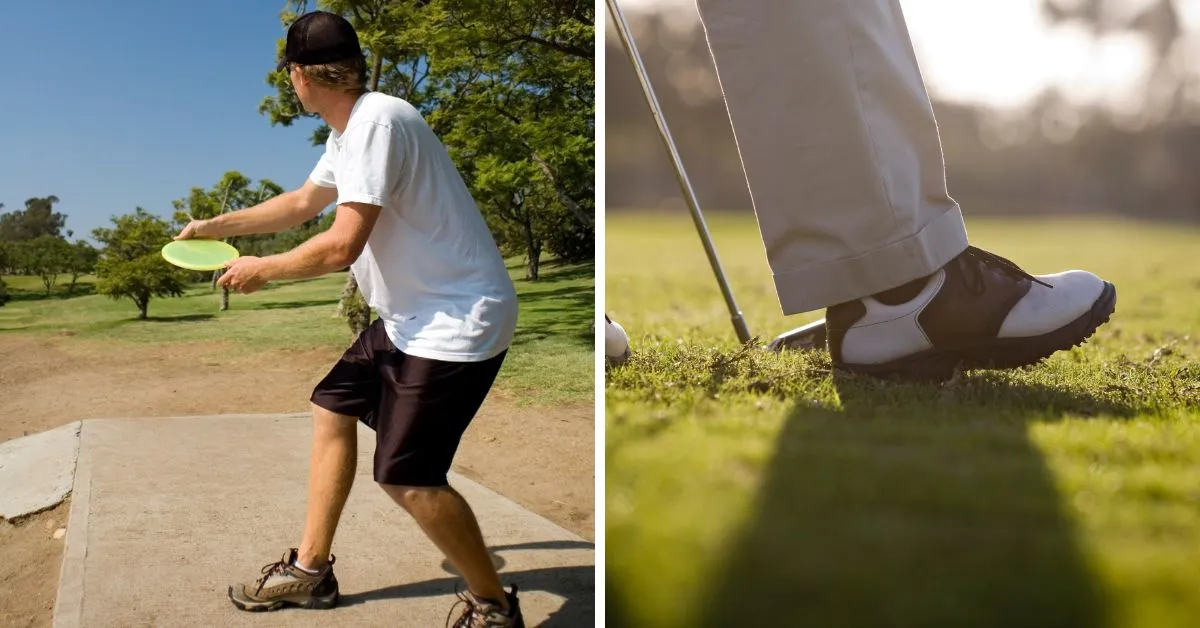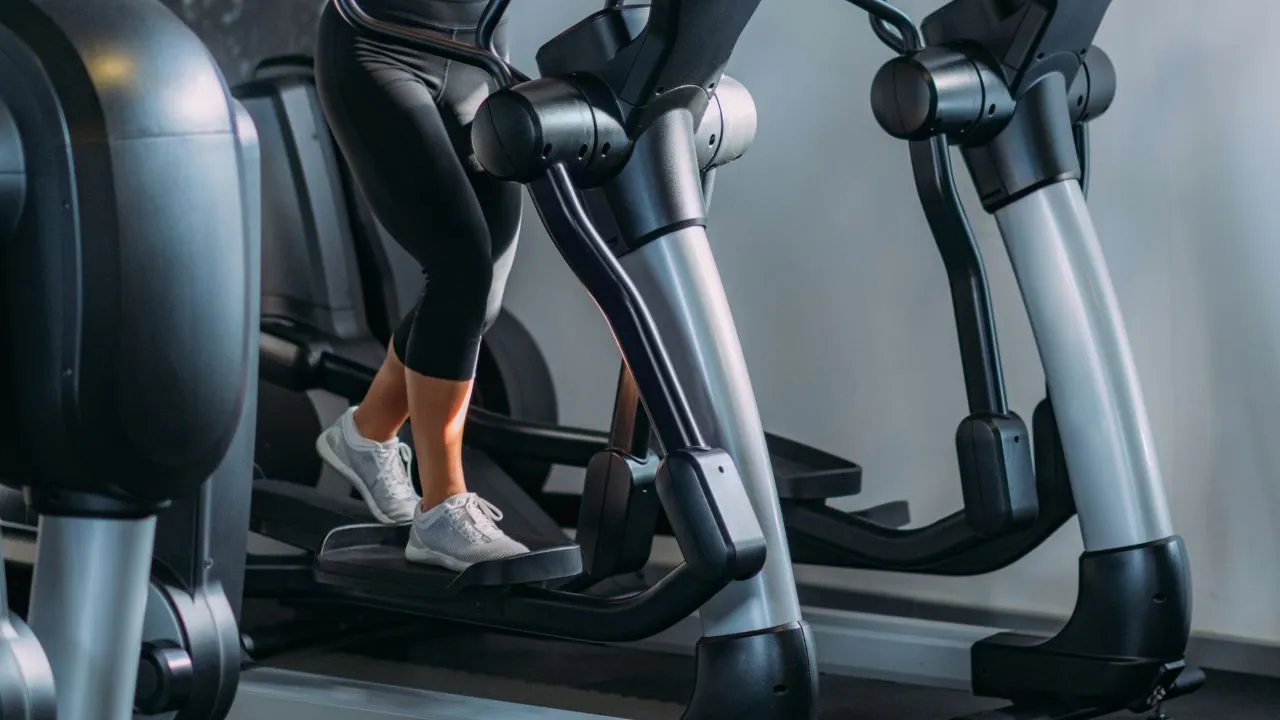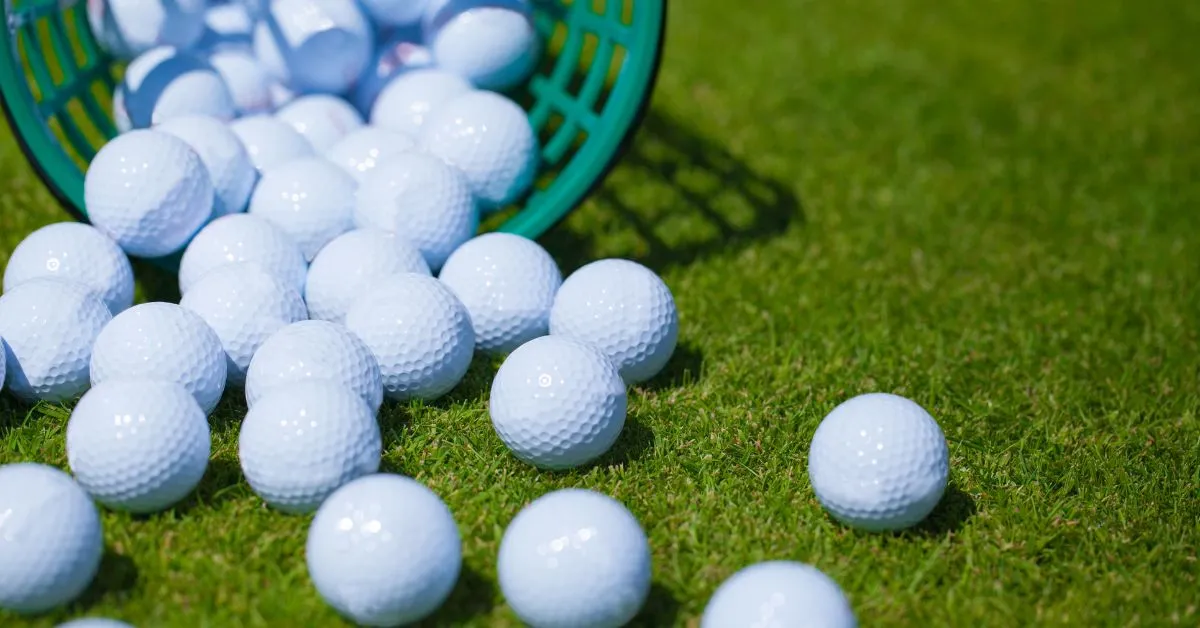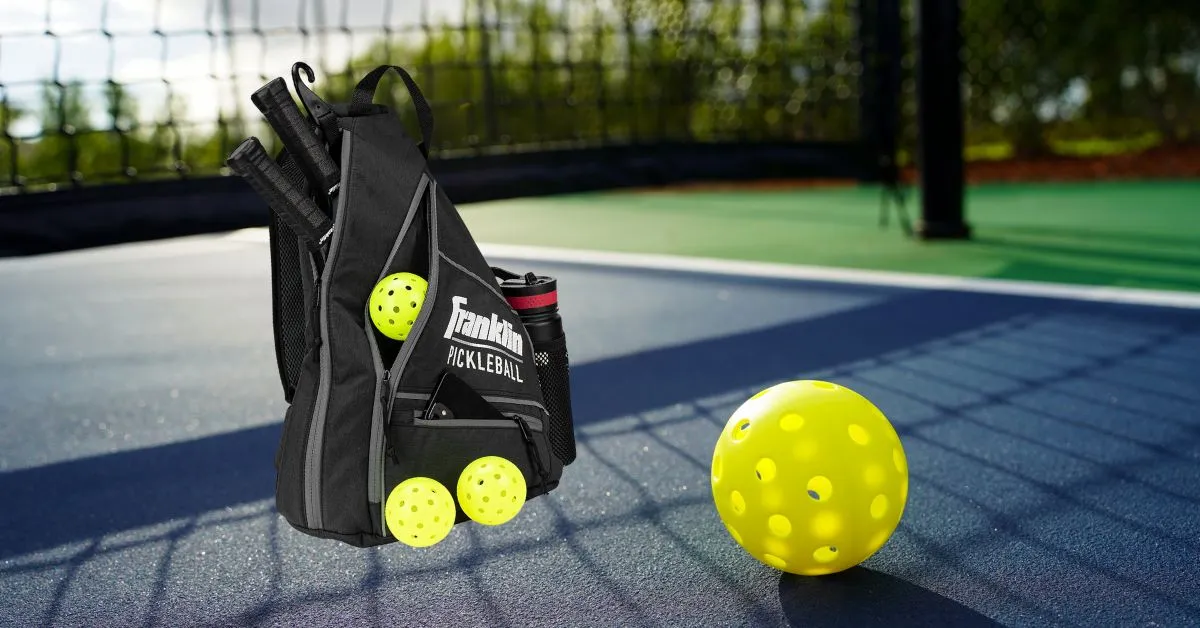Table of Contents
Running shoes can make or break your running experience. The perfect pair not only provides comfort and support but also helps prevent injuries and enhances your performance. So, how do you find the perfect pair, and once you’ve found them, how long do running shoes last?
In this comprehensive guide, we’ll dive into the lifespan of running shoes, how to recognize when it’s time for a new pair, tips on prolonging their life, and finding the perfect pair tailored to your unique needs. Let’s lace up and get started!
Here Is What We Have Gathered
- Running shoes typically last between 300-500 miles, depending on usage and construction.
- Regularly track mileage to maximize shoe longevity, inspect for wear, and listen to your body for warning signs when it is time to replace them.
- Proper care & rotation of running shoes can help extend their life while finding the right pair begins with a professional fitting assessment & evaluation of features such as cushioning, support and traction.
With detailed and rigorous research, we provide our readers with the finest recommendations. Our recommendations are our opinions. Our cause is backed by reader support- for every click made through one of our affiliates links, a commission may be earned at no extra expense to you! As an Amazon Associate, Reviewsopedia may earn a commission from qualifying purchases. Thank you and enjoy!
The Lifespan of Running Shoes
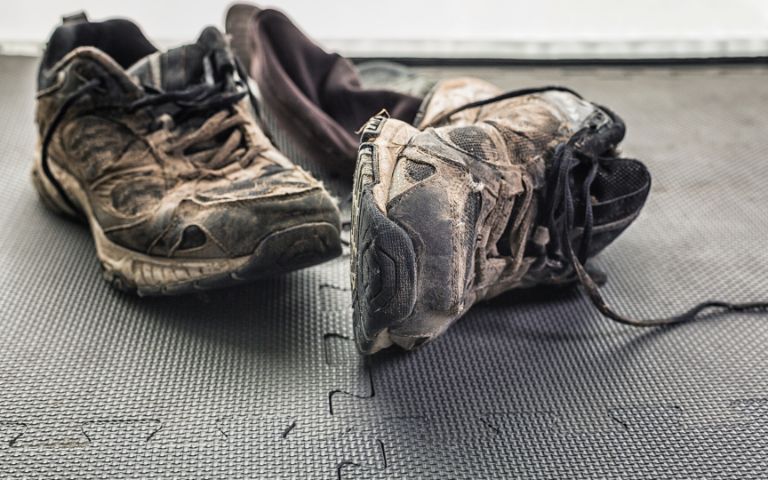
Did you know that running shoes typically last between 300-500 miles? That’s right! But this number can vary depending on factors such as weekly mileage, shoe construction, and running habits.
In the following subsections, we’ll explore how weekly mileage and shoe longevity are interconnected and how shoe construction impacts durability. Understanding these factors will help you make informed decisions when it’s time to replace your trusty pair.
Weekly Mileage and Shoe Longevity
The number of miles you run per week can significantly impact how long your running shoes last. If you’re clocking in high mileage, you might need to replace your shoes sooner than someone who runs fewer miles. To estimate how many miles you’ve run in your shoes, take note of the date you purchased them and calculate your average weekly mileage. Keeping track of this information will help you determine when it’s time for a new pair of shoes before any discomfort or potential injuries occur.
Shoe Construction and Durability
The durability of your running shoes largely depends on their construction. High-quality running shoes made from sturdy materials tend to last longer than their lower-quality counterparts. Some materials, such as rubber and synthetic compounds like Saucony’s XT-900 rubber and Adidas Continental, are well-suited for running shoe outsoles. Carbon rubber is the most durable rubber compound, while polyurethane soles offer the most longevity. Blown rubber is lighter and more flexible, but less durable. Knowing the materials used in your shoes will help you make informed decisions when it’s time to replace them.
Recognizing When It's Time for New Running Shoes
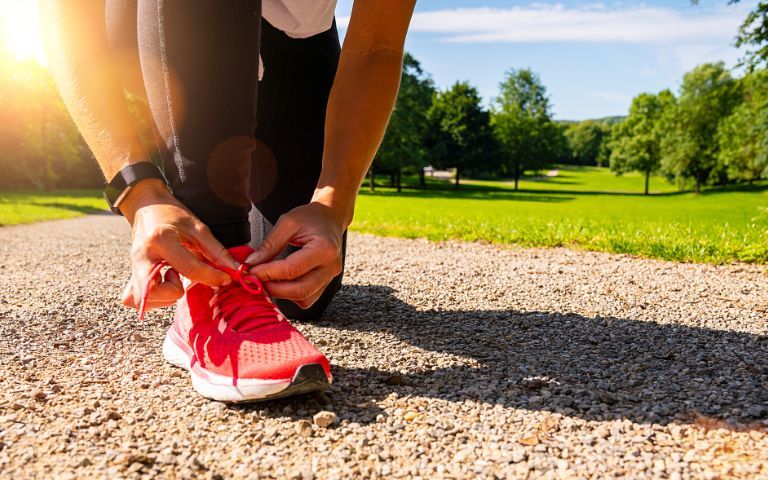
Knowing when to replace your running shoes is crucial for injury prevention and optimal performance. As your shoes wear down, they lose their shock absorption, support, and traction, which can lead to discomfort or even injuries.
To help you recognize when it’s time for new running shoes, we’ll discuss how to inspect your shoes for signs of wear and the importance of listening to your body for any discomfort or pain while running.
Inspecting Your Shoes
Your running shoes, like any other item, will show signs of wear over time. Visible wear and tear, diminished cushioning, and discomfort while running are all indications that it’s time to retire your worn-out running shoes and purchase new shoes, specifically a new pair designed for running. One common sign to look out for is uneven wear on the soles of your worn-out shoes, especially if they are old running shoes.
When inspecting your shoes, look for holes, deflated foam, and worn soles. If any of these signs are present, it’s time to say goodbye to your trusty pair and invest in a new set of running shoes that will keep you comfortable, supported, and injury-free.
Listening to Your Body
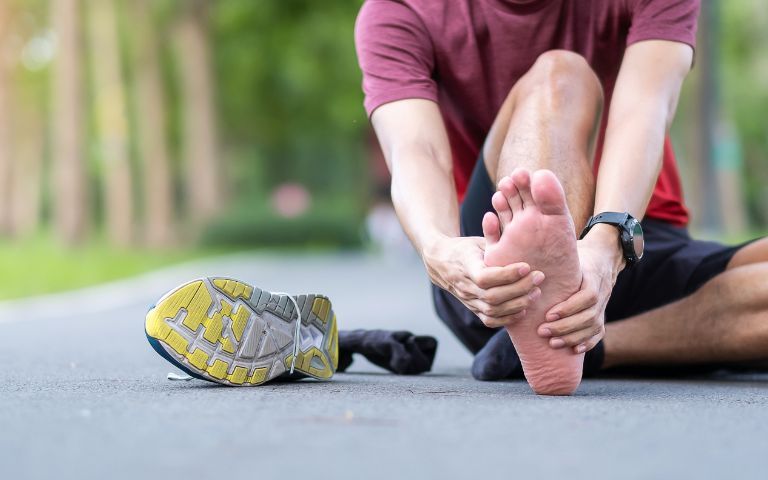
Your body can also tell you when it’s time for new running shoes. Some signs that your shoes may no longer provide the support you need include:
- New aches and pains like plantar fasciitis or your heels feeling bruised
- Feeling sore after a run- maybe the balls of your feet hurt or your heel hurts
- Inadequate shock absorption
- Worn-out treads- which can cause slips
- A hard midsole
If you experience any of these signs, it may be time to invest in a new pair of running shoes.
Experts recommend replacing running shoes every 300-500 miles or every 8-12 months to ensure optimal support and cushioning. If you need more durability, consider investing in sturdier shoes.
Prolonging the Life of Your Running Shoes
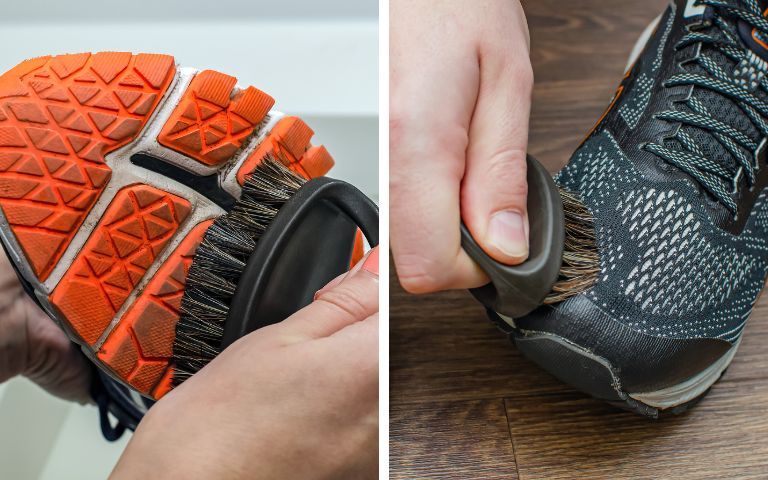
Taking care of your running shoes can help prolong their life, saving you money and maintaining their performance. In the following subsections, we’ll explore proper shoe care practices and how rotating shoes for different activities can extend their lifespan.
Proper shoe care includes cleaning the shoes after each use, and removing any dirt or debris that can cause problems.
Proper Shoe Care
Taking care of your running shoes is essential for prolonging their life. Regular cleaning and air-drying can help eliminate moisture and bacteria buildup, which can cause deterioration.
In addition to cleaning and drying, shielding your shoes from the elements, such as rain, snow, and sun, can help prevent premature wear or damage. These simple steps can help extend the life of your shoes and keep them in good condition for many miles to come.
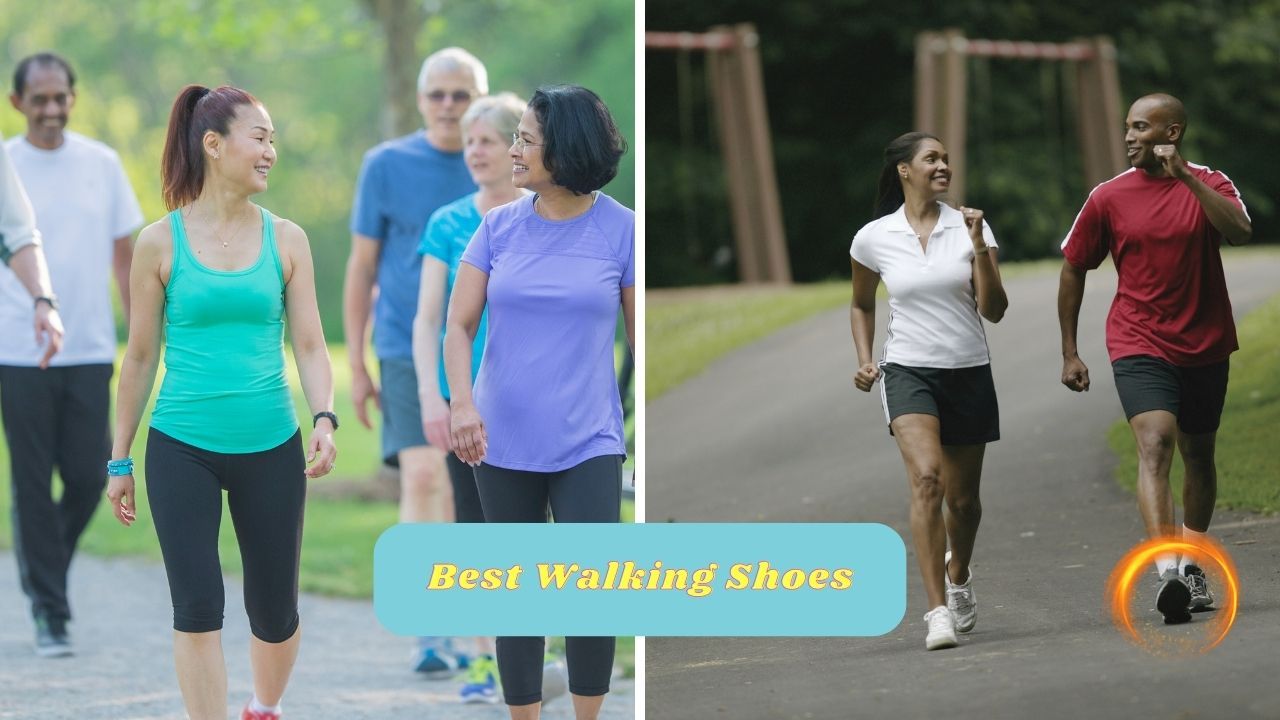
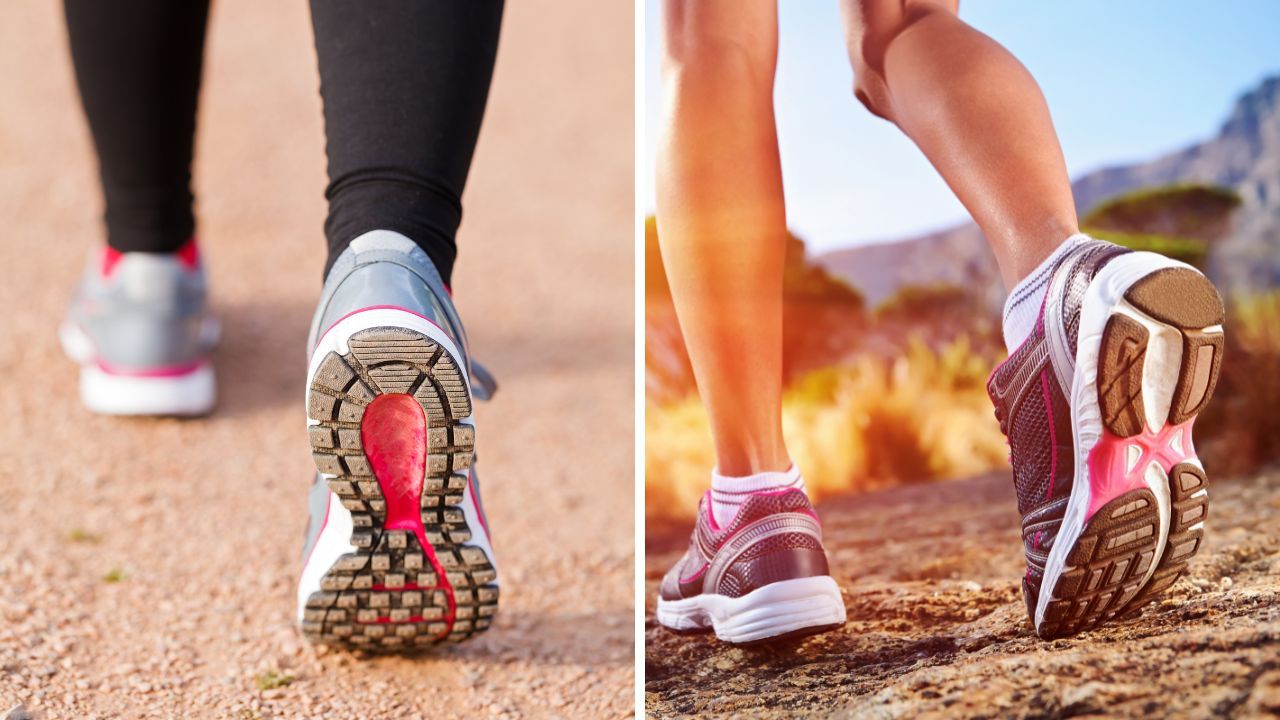
Rotating Shoes for Different Activities
Rotating between different pairs of shoes for various activities and terrains can help prevent excessive wear and increase their longevity. This practice not only prolongs the life of your shoes, but also helps reduce the potential for muscle imbalances and provides additional cushioning for different activities.
Consider having a designated pair of running shoes for long runs, another for speed workouts, and a third for easy runs or recovery days. Rotating your shoes in this manner can help you get the most out of each pair and ensure they’re providing the support you need for each specific activity.
Finding the Right Running Shoes for You
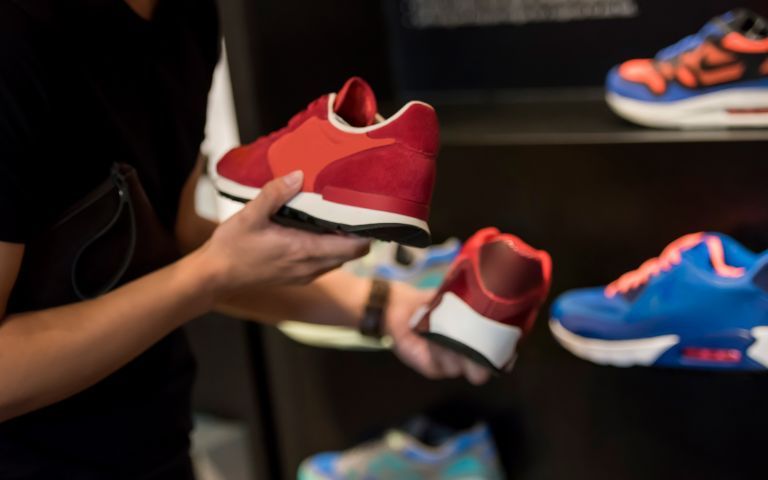
Finding the right running shoes for your unique needs is essential for comfort, performance, and injury prevention. In the following subsections, we’ll discuss the fitting process and how to evaluate shoe features to ensure they meet your specific running requirements.
The fitting process begins with a physical assessment of your feet. This includes measuring the length and width of the wall.
The Fitting Process
A professional fitting can significantly help you find the perfect pair of running shoes tailored to your foot size, arch height, and gait analysis. During a fitting, a knowledgeable staff member will assess your needs and recommend shoes that provide the right fit and support.
While getting a professional fitting, make sure to test various shoe models and ask questions about their features. This will help you find your favorite pair that offers the right balance of comfort, support, and durability for your specific running needs.
Evaluating Shoe Features
When selecting your perfect pair of running shoes, it’s essential to evaluate the shoe’s features such as cushioning, proper support, and traction. These features play a significant role in ensuring your shoes, whether they are racing shoes or regular running shoes, meet your specific running requirements and preferences.
Don’t be afraid to compare different shoe models and ask for expert opinions. This will help you make an informed decision and ultimately find the running shoes that will provide the comfort, performance, and injury prevention you need for a successful running journey.
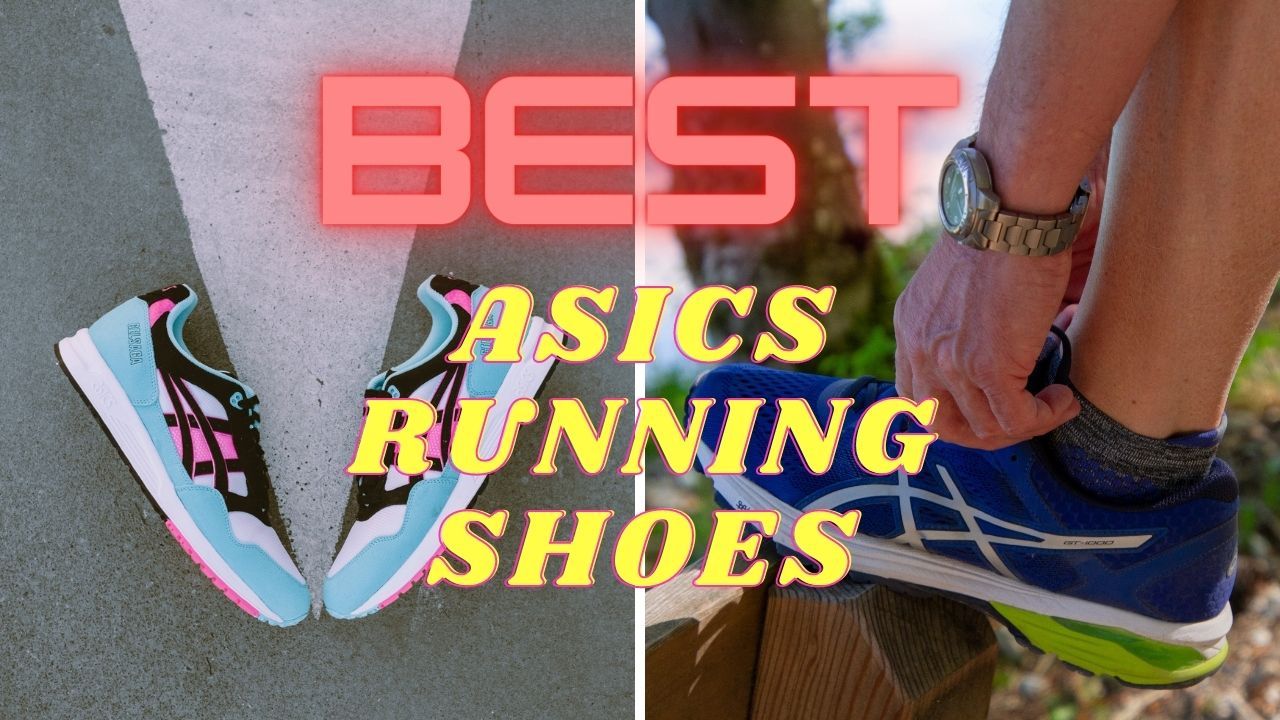
Summary
In conclusion, finding the perfect pair of running shoes is crucial for a comfortable and injury-free running experience. By understanding the factors that affect a shoe’s lifespan, recognizing when it’s time for a new pair, taking steps to prolong their life, and evaluating shoe features, you’ll be well on your way to finding your ideal running companion.
So, lace up your new running shoes and hit the pavement with confidence, knowing that you’ve made the right choice for your comfort, performance, and overall running experience!
Frequently Asked Questions
How often should you replace running shoes?
For optimal performance and safety, you should replace your running shoes every 300 to 500 miles, which equates to approximately four to six months for someone who runs 20 miles per week.
This is an important step to ensure that your shoes are providing the best support and cushioning for your feet. It also helps to prevent injuries and keep you running at your best.
How long do Hokas last?
HOKA shoes generally last between 300-500 miles before you’ll start to feel the cushion losing its initial energy.
However, with proper care and maintenance, you can continue using them even after that mileage.
Other Related Articles
